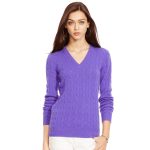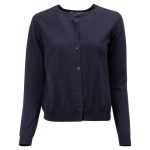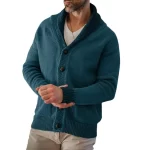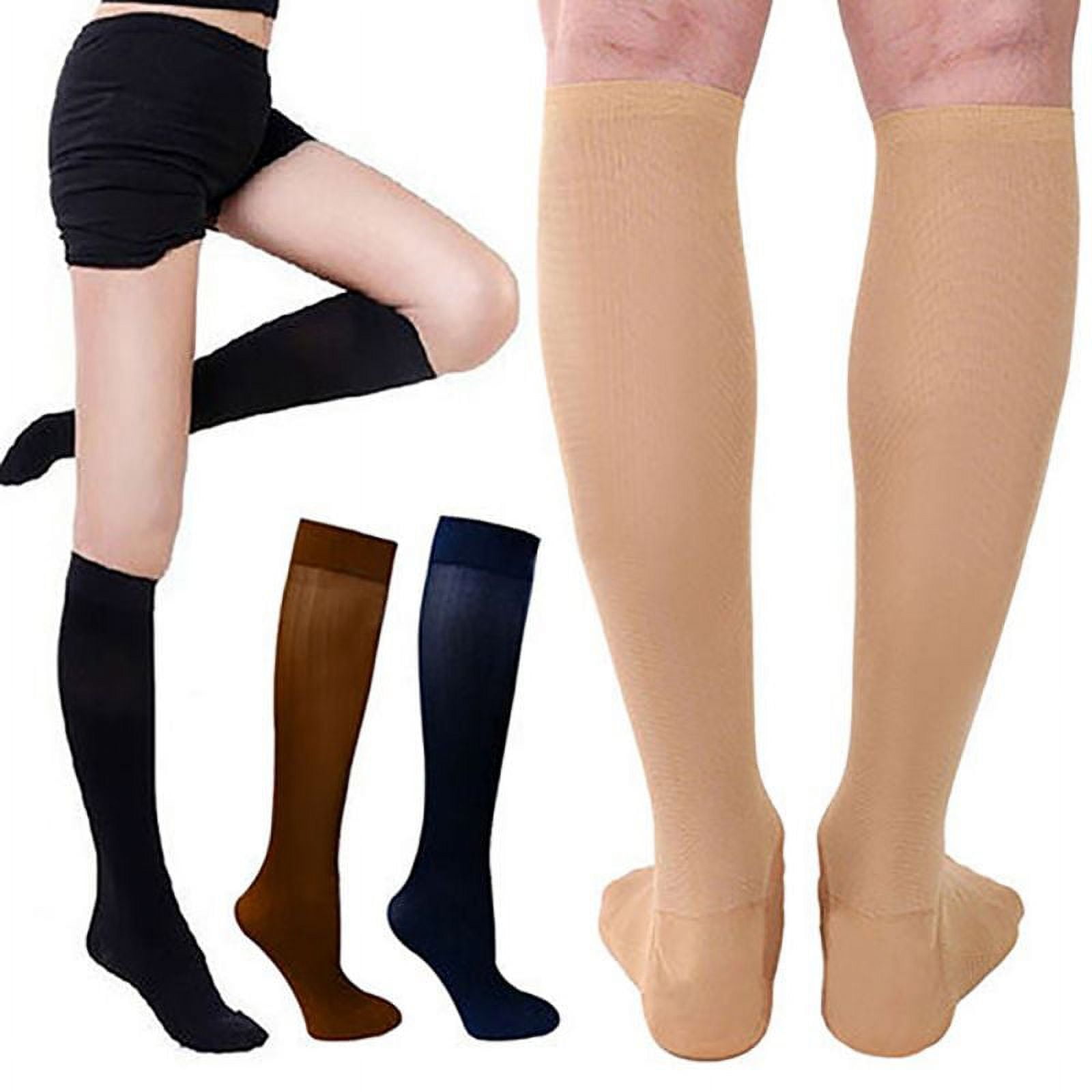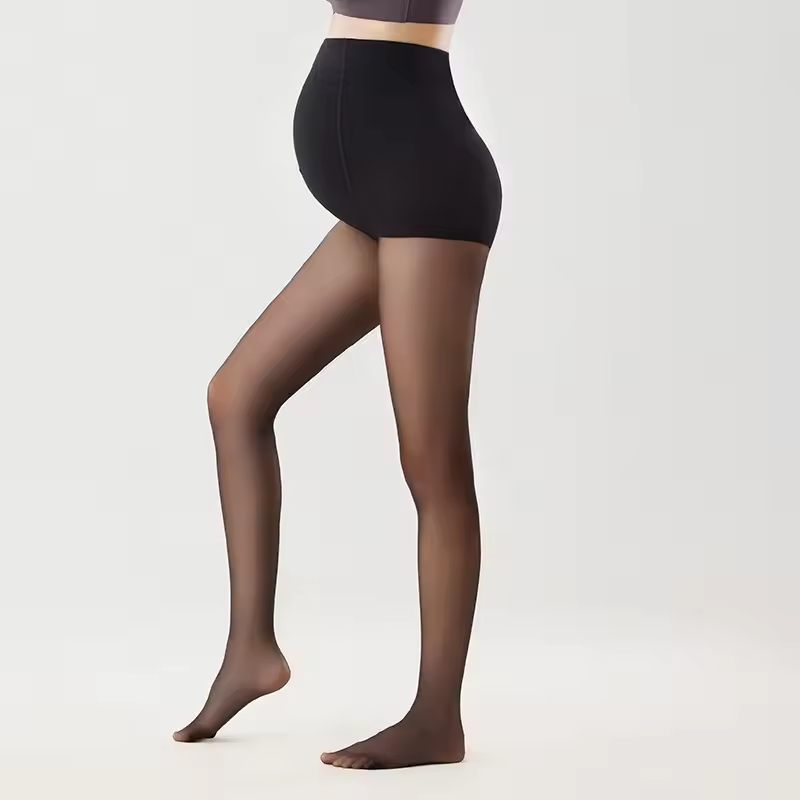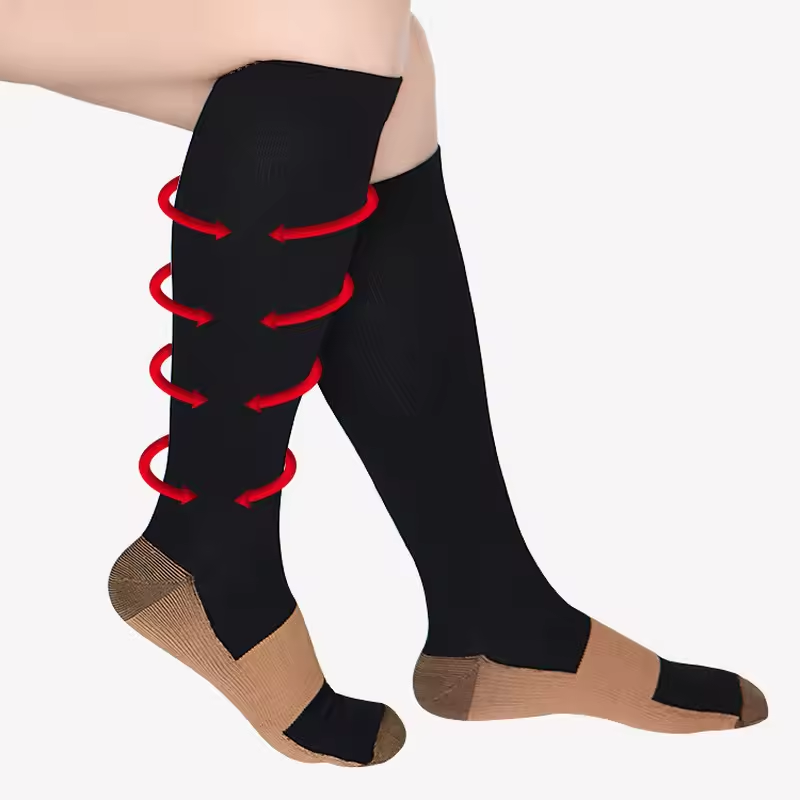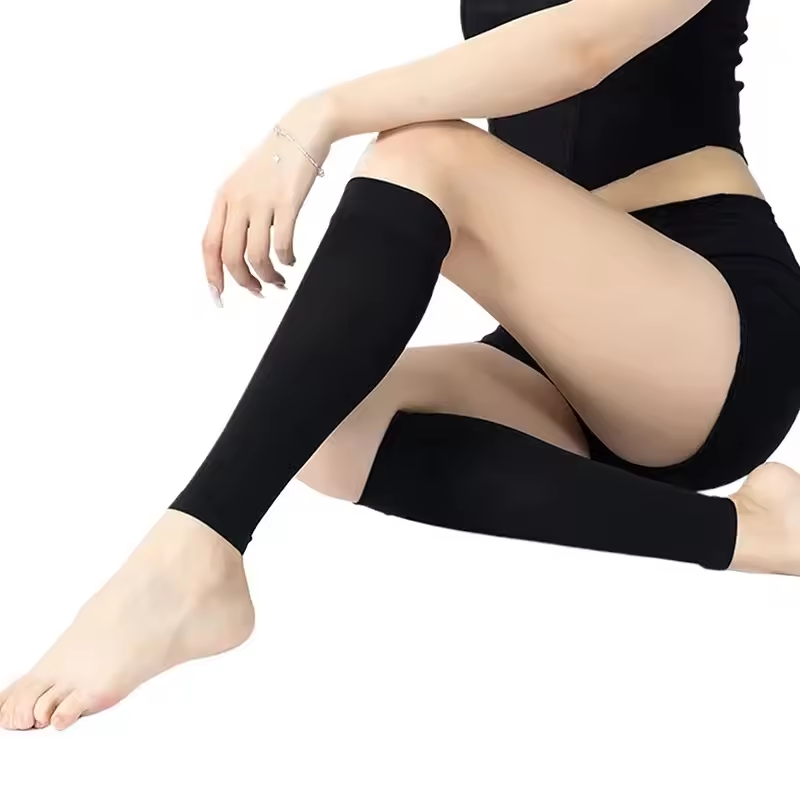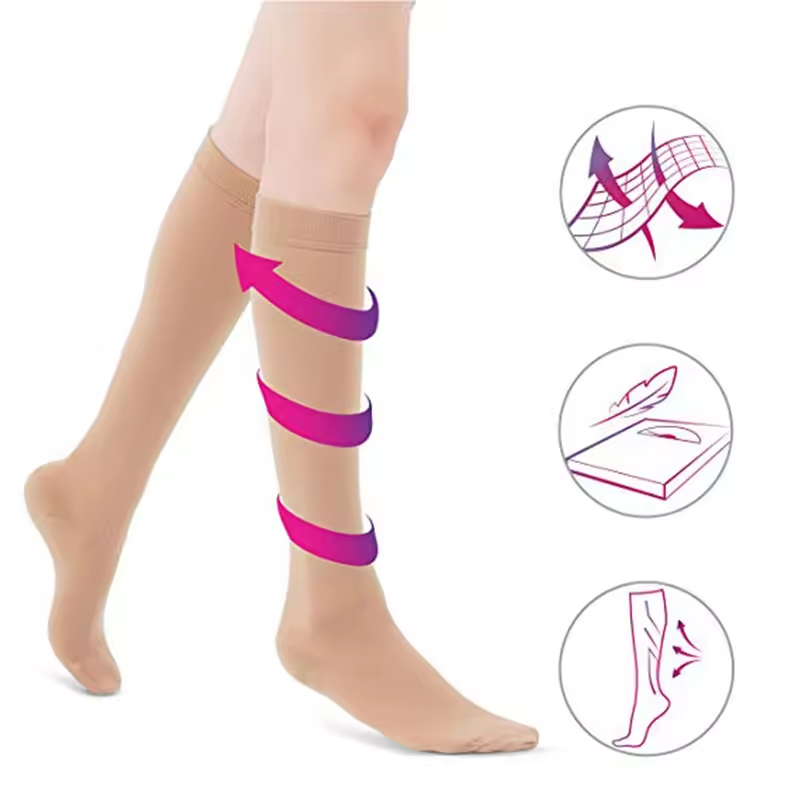Varicose veins are a common condition characterized by swollen, twisted veins that often appear blue or dark purple in color. They can cause discomfort, pain, and even lead to more serious health issues if left untreated. Compression stockings are a popular and effective way to manage varicose veins by improving blood circulation and reducing swelling. In this comprehensive guide, we’ll explore everything you need to know about compression stockings for varicose veins, including how they work, the benefits they offer, and the best options available on the market.

Understanding Varicose Veins
Varicose veins occur when the valves within the veins weaken or become damaged, causing blood to pool and the veins to swell and bulge. While varicose veins can develop in any part of the body, they most commonly affect the legs and feet due to the increased pressure on the veins from standing and walking upright.
How Compression Stockings Work
Compression stockings work by applying gentle pressure to the legs, which helps improve blood flow and prevent blood from pooling in the veins. They are designed to be tightest at the ankle and gradually decrease in pressure as they move up the leg, encouraging blood to flow more efficiently back to the heart.

Benefits of Compression Stockings
Compression stockings offer a range of benefits for individuals with varicose veins, including:
- Reduced Swelling: The compression provided by the stockings helps reduce swelling in the legs and ankles, alleviating discomfort and heaviness associated with varicose veins.
- Improved Circulation: By promoting better blood flow, compression stockings can reduce the risk of complications such as blood clots and skin ulcers.
- Pain Relief: Many people find that wearing compression stockings provides relief from pain and achiness caused by varicose veins, allowing them to go about their daily activities more comfortably.
- Prevention of Progression: Regular use of compression stockings can help prevent varicose veins from worsening and may even reduce the appearance of existing veins over time.
- Enhanced Comfort: Compression stockings are available in a variety of styles and materials, allowing individuals to find the perfect fit for their needs and preferences.

Types of Compression Stockings
There are several types of compression stockings available, each offering different levels of compression and features to suit individual needs. The main types include:
- Gradient Compression Stockings: These stockings provide graduated compression, with the highest pressure at the ankle and decreasing pressure as they move up the leg. They are available in various compression levels, ranging from mild to extra firm.
- Anti-Embolism Stockings: Also known as thromboembolic deterrent (TED) stockings, these are designed to prevent blood clots during periods of immobility, such as after surgery or during long flights. They provide uniform compression throughout the leg.
- Compression Pantyhose: These stockings provide compression not only to the legs but also to the abdomen and hips. They are often recommended for individuals with varicose veins and other circulatory issues in the lower body.
- Compression Socks: Similar to compression stocking but shorter in length, compression socks are ideal for individuals who only need compression below the knee.
Choosing the Right Compression Level
When selecting compression stocking, it’s essential to choose the right level of compression based on your individual needs and the severity of your varicose veins. Compression levels measure in millimeters of mercury (mmHg) and typically range from 15-20 mmHg (mild compression) to 30-40 mmHg (extra firm compression). Your healthcare provider can help you determine the appropriate compression level for your condition.

Top Picks: Best Compression Stockings for Varicose Veins
- Jobst Relief Knee High Compression Stockings (15-20 mmHg): These knee-high compression stockings offer mild to moderate compression and make from soft, breathable fabric for all-day comfort. They feature a reinforced heel and toe for durability and are available in a range of sizes to ensure a proper fit.
- Sigvaris Women’s Sheer Fashion Compression Pantyhose (20-30 mmHg): These stylish compression pantyhose provide moderate to firm compression and are designed to improve circulation while enhancing the appearance of the legs. They feature a sheer, elegant finish and a comfortable waistband for all-day wear.
- Therafirm Core-Spun Compression Socks (15-20 mmHg): These compression socks make from stretchy, moisture-wicking fabric with built-in compression to relieve swelling and discomfort in the legs. They feature a non-binding top band and reinforced toe and heel for long-lasting wear.
- Medi Comfort Knee High Compression Stockings (20-30 mmHg): These knee-high compression stocking offer firm compression to improve blood flow and reduce swelling in the legs. They feature a soft, breathable fabric with a wide top band for a secure fit and all-day comfort.
- Actinput Compression Socks for Men and Women (20-30 mmHg): These compression socks design for both men and women and provide firm compression to alleviate symptoms of varicose veins, including swelling and fatigue. They feature a seamless toe design and moisture-wicking fabric for maximum comfort.
Tips for Wearing Compression Stockings
- Put on compression stocking first thing in the morning before getting out of bed when swelling is minimal.
- Use gloves or a donning aid to help slide the stockings onto your legs smoothly.
- Wash compression stocking regularly with mild soap and water and allow them to air dry to maintain their effectiveness.
- Replace compression stocking every 3-6 months or as recommended by your healthcare provider.
Putting on Compression Stockings
- Start with clean, dry skin, and if possible, apply moisturizer after bathing, allowing it to absorb before putting on the stockings.
- Sit on a chair or edge of the bed with your legs slightly elevated. Roll or fold the stocking down to the toe end.
- Slip your foot into the stocking, gradually unrolling it upwards while smoothing out any wrinkles or bunching. Adjust the heel to ensure it sits comfortably in the pocket.
- If applicable, use silicone bands or lace-up tops to secure the stocking in place without causing constriction.
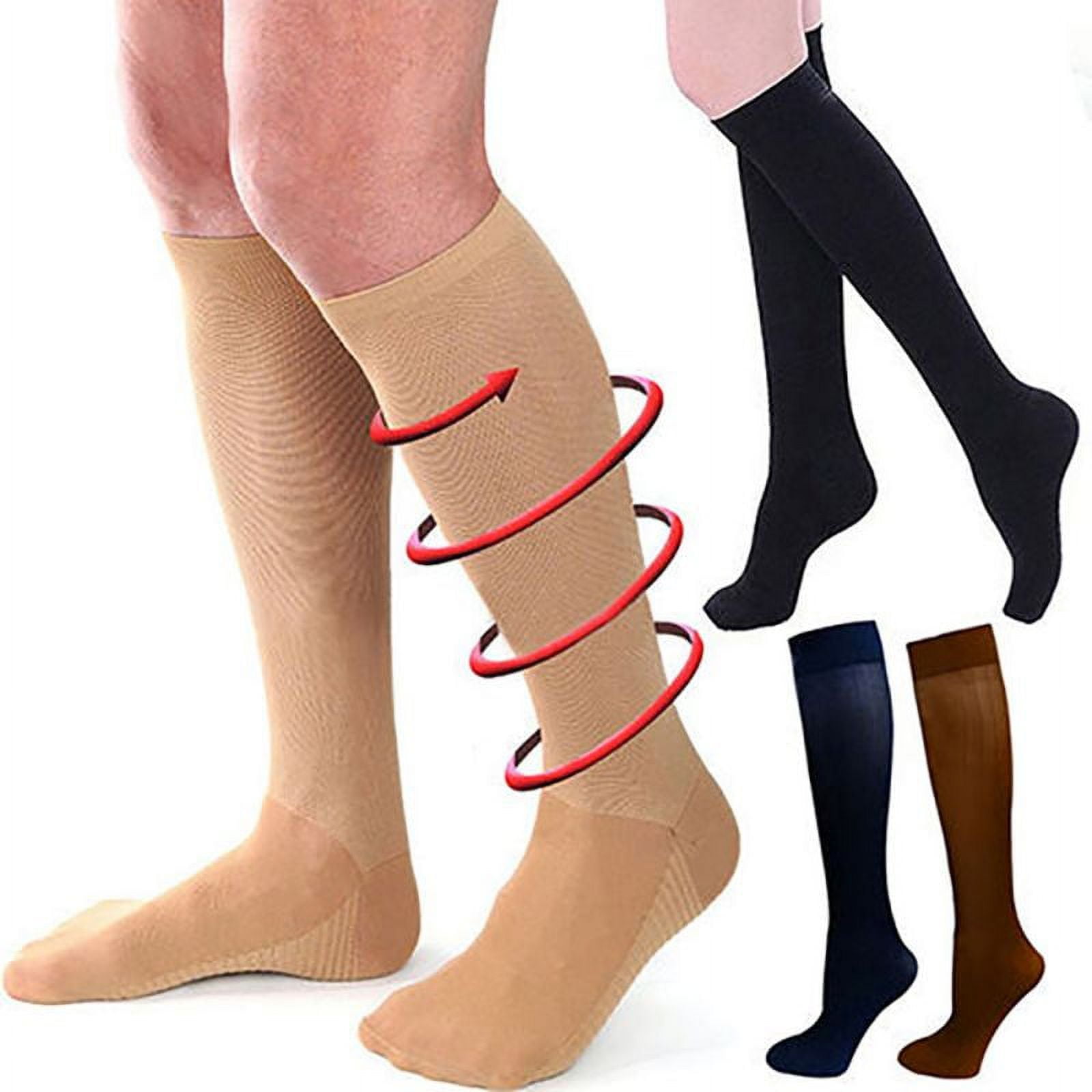
Conclusion
Compression stockings are a highly effective and non-invasive treatment option for managing varicose veins and improving circulation in the legs. By understanding how compression stocking work, the benefits they offer, and how to choose the right pair for your needs, you can experience relief from discomfort and enjoy better leg health. With the top picks highlighted in this guide and proper care and maintenance, you can find the best compression stocking to support your journey towards healthier, happier legs.


